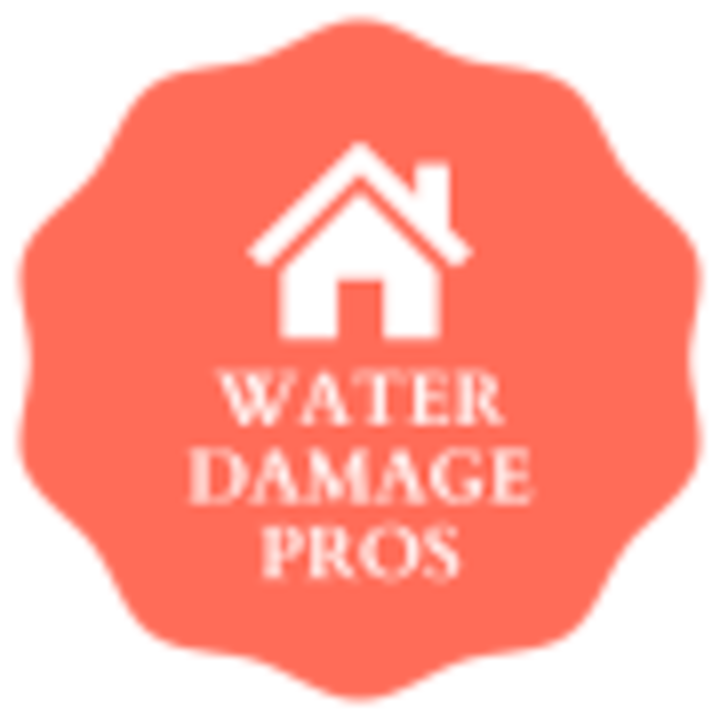Floor Drying Techniques: Addressing Water Damage In Different Flooring Types In Laguna Beach, CA
Are you dealing with water damage to your flooring in Laguna Beach, CA? Don't worry, we've got you covered. In this informative article, we will explore the various floor drying techniques to address water damage in different types of flooring. Whether you have hardwood floors, carpeted floors, or tile flooring, we will provide you with effective methods to restore your floors to their original condition. Water damage can occur due to common causes such as leaks, floods, or even accidents. It is essential to assess the extent of the damage to determine the appropriate drying techniques. For hardwood floors, we will guide you through the steps to dry them effectively, preserving their beauty and durability. If you have carpeted floors, we will share proven methods to eliminate moisture and prevent mold growth. And for tile flooring, we will discuss the best practices to ensure complete drying and prevent any potential damage. With our professional advice and detailed instructions, you can restore your flooring and create a sense of belonging in your home once again. Let's dive in and learn how to address water damage in different flooring types in Laguna Beach, CA.Common Causes of Water Damage in Flooring
Water damage in flooring can occur due to various factors, such as leaky pipes or overflowing toilets, leaving behind a soggy and ruined mess. It is important to identify the cause of the water damage in order to effectively address and prevent further damage. Leaky pipes can cause water to seep into the flooring, leading to warping and discoloration. Overflowing toilets can result in immediate damage, as the excess water can saturate the flooring material. Additionally, flooding from natural disasters or heavy rain can also cause significant water damage to floors. Regardless of the cause, it is essential to act quickly to minimize the damage and prevent mold growth. Professional floor drying techniques, such as using dehumidifiers and specialized equipment, can effectively remove excess moisture and restore the flooring to its original condition.Assessing the Extent of Water Damage
You'll be amazed at how quickly you can determine the extent of the damage caused by excess moisture. When assessing the extent of water damage in your flooring, it is important to thoroughly inspect the affected areas. Begin by checking for visible signs such as discoloration, warping, or buckling of the floorboards. Use a moisture meter to measure the moisture levels in different areas of the flooring. This will help you identify the areas that are most affected by water damage. Additionally, check for any musty or moldy odors, as they can indicate hidden water damage. If you notice any signs of damage, it is crucial to address it promptly to prevent further issues such as mold growth or structural damage. Remember, the sooner you assess the extent of water damage, the sooner you can take appropriate action to restore your flooring and prevent any potential health risks.Drying Techniques for Hardwood Floors
Take a moment to consider how efficiently your hardwood floors can be restored using these effective drying methods. When addressing water damage in hardwood floors, it is crucial to act quickly to prevent further damage and potential mold growth. Begin by removing any standing water using a wet vacuum or mop. Next, use dehumidifiers and fans to circulate the air and speed up the drying process. It is important to monitor the moisture levels regularly using a moisture meter to ensure the floors are drying properly. If necessary, consider using specialized drying equipment such as floor drying mats or heat drying systems. Additionally, removing baseboards and creating ventilation holes can aid in the drying process. Remember, the key is to dry the floors thoroughly to prevent warping, cupping, or buckling. By following these techniques, you can restore your hardwood floors efficiently and effectively.Effective Methods for Drying Carpeted Floors
To effectively dry your carpeted floors, it's crucial to act quickly and use efficient methods to prevent further damage and potential mold growth. Start by removing any standing water using a wet vacuum or a mop and bucket. Next, use fans and dehumidifiers to circulate air and decrease moisture levels. Open windows and doors to increase ventilation and speed up the drying process. If the carpet is soaked, you may need to lift it to allow air to reach the padding underneath. Consider using a carpet cleaner or extractor to remove excess water from the carpet fibers. Additionally, using towels or absorbent cloths can help absorb moisture from the carpet. Remember to monitor the drying progress regularly and continue the drying process until the carpet is completely dry to avoid any long-term damage or mold growth.Addressing Water Damage in Tile Flooring
When dealing with water damage in tile flooring, it's important to assess the extent of the damage and act promptly to prevent further issues. Start by removing any standing water using a wet/dry vacuum or mop. Next, thoroughly dry the area using fans and dehumidifiers to prevent the growth of mold and mildew. Pay extra attention to the grout lines, as water can seep through and cause damage over time. If the damage is extensive, it may be necessary to remove and replace the affected tiles. Clean the tiles with a mild detergent and warm water, and avoid using abrasive cleaners that could further damage the surface. Finally, apply a sealant to protect the tiles from future water damage. By following these steps, you can effectively address water damage in tile flooring and restore your space to its original condition.Get in Touch Today!
We want to hear from you about your Water Damage needs. No Water Damage problem in Laguna Beach is too big or too small for our experienced team! Call us or fill out our form today!
